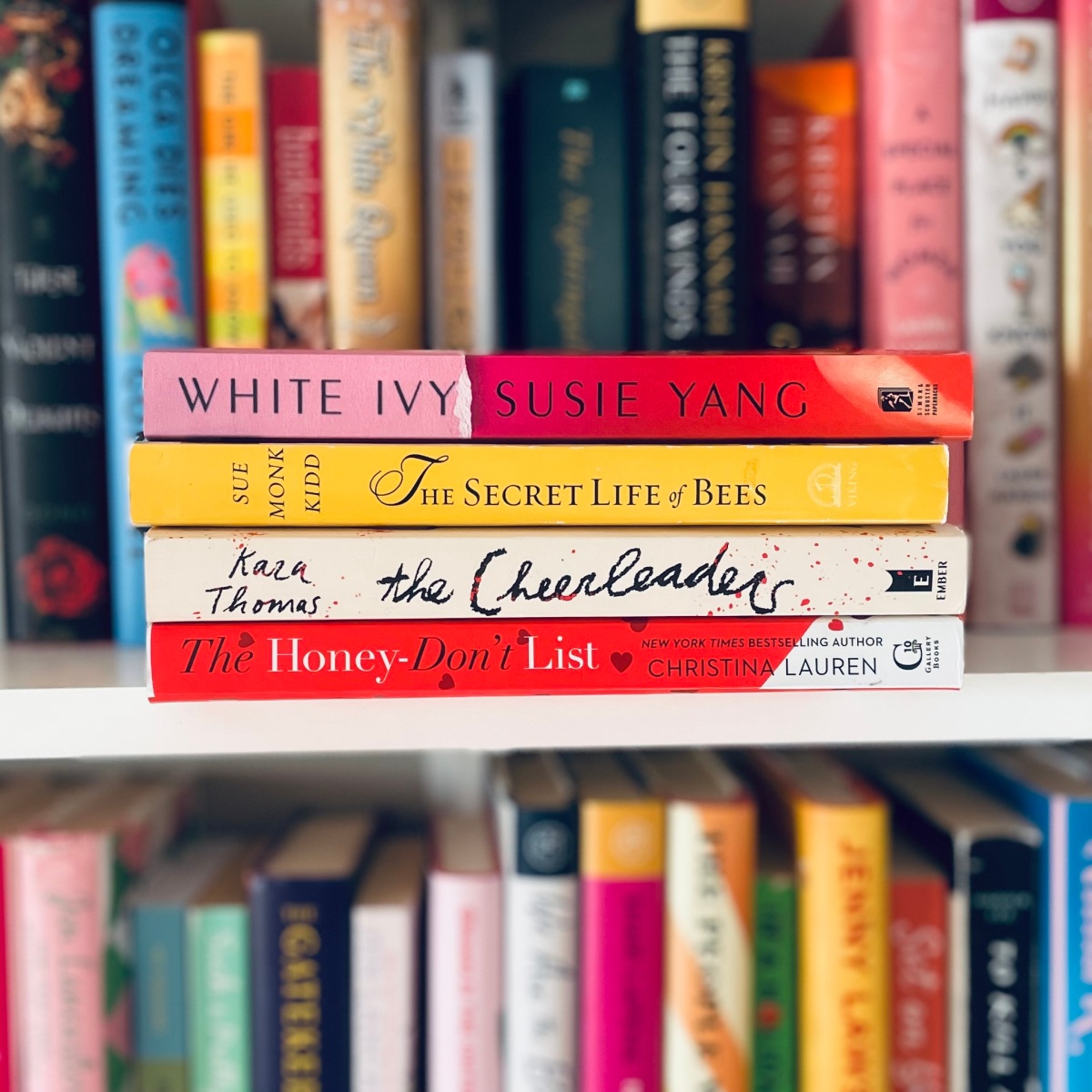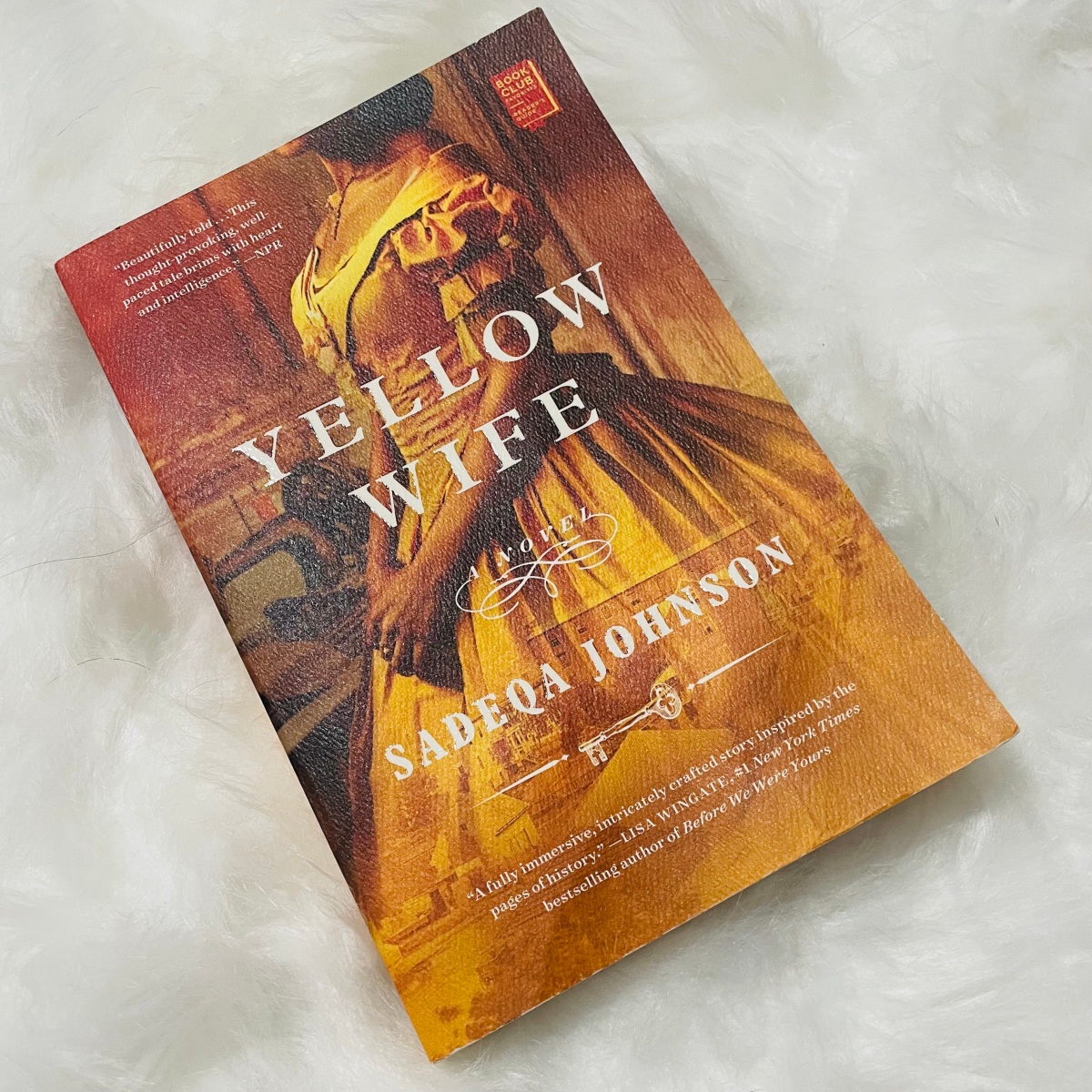“What’s your favorite genre?” Nearly every avid reader will have heard this question at one point or another, and sometimes it can be as difficult to answer as the dreaded question: “What’s your favorite book?”
I read nearly every genre–contemporary, fantasy, thrillers, some romance, and young adult. As a mood reader, it’s really about what suits my fancy at the moment, but I stay away from horror and science fiction generally–they’re just not my vibe. However, my favorite genre is historical fiction. Give me a book about the past, let me explore that time and place, and I’m a happy reader.
Before I get into five reasons I love reading historical fiction, a important note from this well-read blogger of a certain age. Books set in the 1980s and 1990s are not historical fiction yet. I refuse to accept that premise, and I stand by my position that if I was alive for the period in question, it’s not historical fiction yet. Come on, publishers. Let’s be gentle with the Gen Xers of the reading world. We were latch-key kids raised on ABC Afterschool Specials, punk music, Tupac, Kurt Cobain, The Outsiders, Flowers in the Attic, American Psycho, and Heathers. We know how things work.
Diatribe over.
Why I Love to Read Historical Fiction
Here are five reasons I love historical fiction. I hope they’ll encourage you to pick up a book from this genre soon!
Reason 1: Putting the History in Historical Fiction
It’s in the genre name, right? Every historical fiction book teaches me something about history. Some examples of this are in two of my favorite historical fiction books. Innocent Traitor by Alison Weir is the story of Lady Jane Grey who was queen of England for nine days in the 16th century before she was beheaded. A most recent novel that I loved, Take My Hand by Dolen Perkins Valdez, tackles the horrific period of eugenics in U.S. history and fictionalizes the story of two real-life teenage sisters who were surgically sterilized against their knowledge Alabama. I love history as a whole, but I often find that the historical fiction genre really brings true events into focus, even when fictionalized, and I generally finish the book wanting to learn more.
Reason 2: The Research that Historical Fiction Requires
I love research. If I could make a living at being a researcher and fact checker, I would. I can’t tell you how many wormholes I fall into on a regular basis when I’ve gone to Google to get a simple answer. I spent hours reading about eugenics in the U.S. during and after reading Take My Hand. I researched the Dust Bowl and the exodus to California during the Great Depression because I loved The Four Winds by Kristin Hannah. As I’m conducting my own research, I’m intrigued even further about the types of research that historical fiction authors do to write their books.
However, and this is a huge caveat, the authors have to capture history correctly. Historical fiction novels have to be factual and correct; otherwise they become more like history-light fantasy books. There are many instances of books that don’t accurately depict history or elements of the chosen time period. I’m not a historian, but if I can pick up on inconsistencies or errors, then it tells me that the author took too many liberties with history or was just — simply — disinclined to do a fact check about their work.
Reason 3: The Escape into Worlds of Historical Fiction
The Final Revival of Opal & Nev by Dawnie Walton is a book I highly recommend because it pulled me deep into the world of 1970s music in England and America, not a topic I thought I’d find interesting as a whole. But this book, like other historical fiction novels that I love, delved into that world with such detail and attention to detail, I couldn’t put it down. The book focuses on music and the partnership of a white English male musician with a powerful, talented Black singer who should take the U.S. by storm with her voice and stage presence. I was engaged in every part of Opal and Nev’s world, from the descriptions of Opal’s clothing to the ignorant, racist actions of side characters to Nev’s reactions to becoming a musical star.
This reason to love historical fiction isn’t solely for this genre, obviously, but it is an important aspect of what historical fiction means to me. When I read a historical fiction novel, I want to feel like I’m part of that time period, and that’s accomplished with accurate, expansive details that are carefully woven into the story by brilliant authors.
Reason 4: Historical Fiction Often Includes Multiple Timelines
Not every historical fiction novel is structured around multiple timelines, but when it is and is done well, then that helps deepen the story for me. An author who masters this literary device is Fiona Davis, author of The Lions of Fifth Avenue and many other historical fiction novels. Davis’s books generally center around a mystery or event in the past that is somehow tied to a character in the more recent past or current day. In The Lions of Fifth Avenue, the story is set at the New York City Public Library in 1913, shortly after it was built, and in 1993, when a main character is set to learn more about her family’s heritage. As books like The Lions of Fifth Avenue alternate between the two time periods, you can see the differences and similarities of the human condition across history. While an author like Davis controls those aspects, the interconnected plots add another layer to a historical fiction novel.
Reason 5: A Family Saga Across History
Like multiple timelines, not every historical fiction novel includes a family saga, but when it does, I am here for all of it. I love a deeply nuanced, complicated family drama, and all the better when the saga includes historical elements. Kristin Hannah is well known for a great family saga, and The Four Winds does this exceptionally well. Another novel that bridges two families’ joint struggles and challenges is The Family by Naomi Krupitsky. As two best friends grow up in families with ties to organized crime in the mid-twentieth century, we learn about about the various definitions of family, the social expectations on women during this time period, and the complications of tested loyalty. This multi-family saga would take on a different look and feel had it been set in a current or more recent time period.
These are just five reasons I love to read historical fiction. Is this a genre you enjoy? Tell me why or why not!





